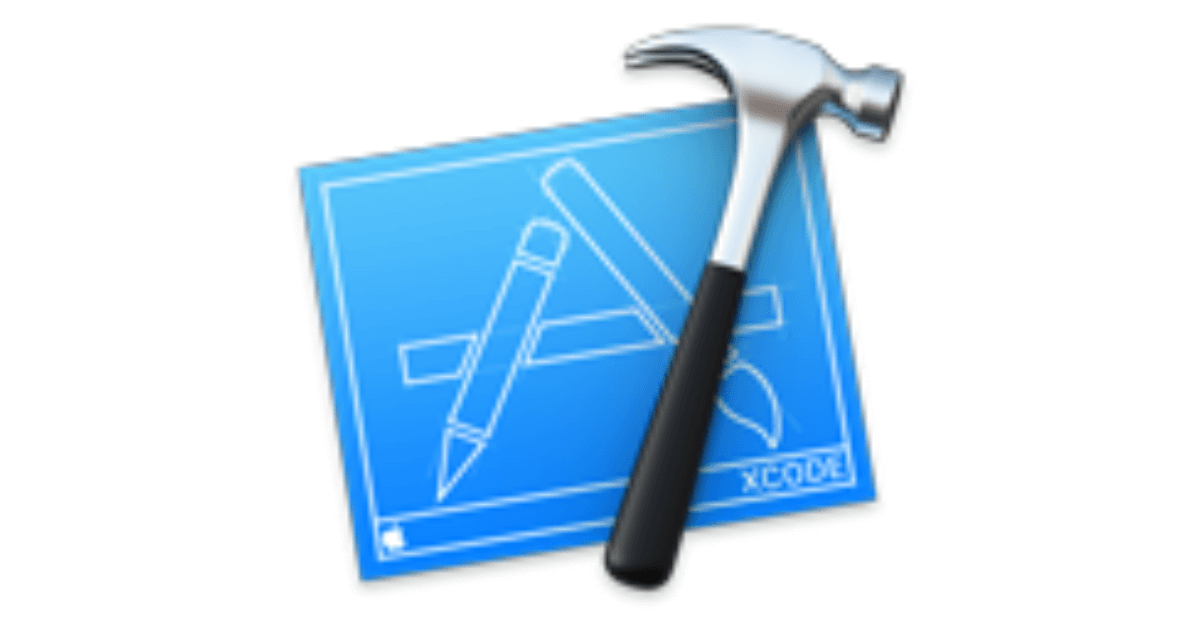UITableView サンプル
サンプルで動作を確認 コピーペーストで確認できます。
import UIKit
// テーブルビューを利用するために、UITableViewDelegate、UITableViewDataSource プロトコルを実装
class ViewController: UIViewController , UITableViewDelegate, UITableViewDataSource {
// テーブルに表示する情報用
private var tableDatas : [String] = []
// テーブルビューを作成
private var uiTableView : UITableView = UITableView()
override func viewDidLoad() {
super.viewDidLoad()
// 表示用テストデータを作成
for var i = 0; i < 100; ++i {
tableDatas.append("TEST " + String(i))
}
// テーブルの表示位置と大きさを設定
uiTableView.frame = CGRectMake( 0 , 0 , self.view.frame.width , self.view.frame.height )
// データソース用のデリゲートを設定
uiTableView.dataSource = self
// テーブル用のデリゲートを設定
uiTableView.delegate = self
// テーブルの全セルの高さを設定
uiTableView.rowHeight = 100
// セル間の区切りのスタイルを設定
uiTableView.separatorStyle = UITableViewCellSeparatorStyle.SingleLine
// UITableViewCellSeparatorStyle.None
// UITableViewCellSeparatorStyle.SingleLine
// UITableViewCellSeparatorStyle.SingleLineEtched
// セル間の区切りの色を設定
uiTableView.separatorColor = UIColor.redColor()
// セルの選択可能の有無
uiTableView.allowsSelection = true
// ヘッダーへ設定するビューを作成
let uiLableHeader : UILabel = UILabel()
uiLableHeader.frame = CGRectMake( 0 , 0 , 200 , 30 )
uiLableHeader.text = "TableHeaderView"
// ヘッダーへビューを設定
uiTableView.tableHeaderView = uiLableHeader
// フッターへ設定するビューを作成
let uiLableFooter : UILabel = UILabel()
uiLableFooter.frame = CGRectMake( 0 , 0 , 200 , 30 )
uiLableFooter.text = "TableFooterView"
// フッターへビューを設定
uiTableView.tableFooterView = uiLableFooter
// テーブルが編集可能状態を設定
uiTableView.editing = true
// テーブルがバウンド可能の有無
uiTableView.bounces = true
// 再利用する Cell の ID を設定
uiTableView.registerClass(UITableViewCell.self, forCellReuseIdentifier: "Cell")
// ビューへテーブルをセットします。
self.view.addSubview(uiTableView)
}
// ■ UITableViewDataSource デリゲート
// セクション内に表示する行数を設定
func tableView(tableView: UITableView, numberOfRowsInSection section: Int) -> Int {
return tableDatas.count
}
// 表示する内容を作成
func tableView(tableView: UITableView, cellForRowAtIndexPath indexPath: NSIndexPath) -> UITableViewCell {
// 再利用するセルを取得
let cell = tableView.dequeueReusableCellWithIdentifier("Cell", forIndexPath: indexPath)
// セルのデフォルトのテキストラベルの設定
cell.textLabel!.text = tableDatas[indexPath.row]
cell.textLabel!.textColor = UIColor.blueColor()
cell.textLabel!.font = UIFont.systemFontOfSize(12)
cell.textLabel!.textAlignment = NSTextAlignment.Left
// セルのデフォルトの詳細用テキストラベルの設定
cell.detailTextLabel!.text = "ラベルテキスト"
cell.detailTextLabel!.textColor = UIColor.yellowColor()
cell.detailTextLabel!.font = UIFont.systemFontOfSize(12)
cell.detailTextLabel!.textAlignment = NSTextAlignment.Right
// セルのデフォルトの画像を設定
cell.imageView!.image = UIImage(named: "image.png")
// セルのデフォルトのアクセサリーを設定
cell.accessoryType = UITableViewCellAccessoryType.DisclosureIndicator
// UITableViewCellAccessoryType.None
// UITableViewCellAccessoryType.DisclosureIndicator
// UITableViewCellAccessoryType.DetailDisclosureButton
// UITableViewCellAccessoryType.Checkmark
// UITableViewCellAccessoryType.DetailButton
// セル選択時のスタイルを設定
cell.selectionStyle = UITableViewCellSelectionStyle.Blue
// UITableViewCellSelectionStyle.None
// UITableViewCellSelectionStyle.Blue
// UITableViewCellSelectionStyle.Gray
// UITableViewCellSelectionStyle.Default
return cell
}
// セクションの数を設定
func numberOfSectionsInTableView(tableView: UITableView) -> Int {
return tableDatas.count
}
// ヘッダーセクションのタイトルを設定
func tableView(tableView: UITableView, titleForHeaderInSection section: Int) -> String? {
return "ヘッダータイトル"
}
// フッターセクションのタイトルを設定
func tableView(tableView: UITableView, titleForFooterInSection section: Int) -> String? {
return "フッタータイトル"
}
// テーブルのセル修正完了時に呼ばれる
func tableView(tableView: UITableView, commitEditingStyle editingStyle: UITableViewCellEditingStyle, forRowAtIndexPath indexPath: NSIndexPath) {
print("セル修正完了")
}
// テーブルのセル移動完了時に呼ばれる
func tableView(tableView: UITableView, moveRowAtIndexPath fromIndexPath: NSIndexPath, toIndexPath indexPath: NSIndexPath) {
print("セル移動完了")
}
// ■ UITableViewDelegate デリゲート
// セルの高さを個別に設定、
func tableView(tableView: UITableView, heightForRowAtIndexPath indexPath: NSIndexPath) -> CGFloat {
// セルが作成されるたびに呼ばれます。
// セルの行が2行目の場合
if indexPath.row == 2 {
return 100
}
return 50
}
// ヘッダーのセクションの高さを個別に設定
func tableView(tableView: UITableView, heightForHeaderInSection section: NSInteger) -> CGFloat {
// 2個めのセクションの場合
if section == 2 {
return 100
}
return 50
}
// アクセサリーボタンタップ時に呼ばれる
func tableView(tableView: UITableView, accessoryButtonTappedForRowWithIndexPath indexPath: NSIndexPath) {
print("アクセサリーボタンタップ")
}
// セルタップ時に呼ばれる
func tableView(tableView: UITableView, didSelectRowAtIndexPath indexPath: NSIndexPath) {
print("\(indexPath.row) : 行目がタップされました。")
print("\(tableDatas[indexPath.row]) : を タップ!")
}
}
UITableView 概要
テーブルビューを利用時に使用します。
テーブルビューセルの区切りの種類
■ UITableViewCellSeparatorStyle
UITableViewCellSeparatorStyle.None UITableViewCellSeparatorStyle.SingleLine UITableViewCellSeparatorStyle.SingleLineEtched
セルのデフォルトのアクセサリーの種類
■ UITableViewCellAccessoryType
UITableViewCellAccessoryType.None UITableViewCellAccessoryType.DisclosureIndicator UITableViewCellAccessoryType.DetailDisclosureButton UITableViewCellAccessoryType.Checkmark UITableViewCellAccessoryType.DetailButton
セル選択時のスタイルの種類
■ UITableViewCellSelectionStyle
UITableViewCellSelectionStyle.None UITableViewCellSelectionStyle.Blue UITableViewCellSelectionStyle.Gray UITableViewCellSelectionStyle.Default
おすすめの本

